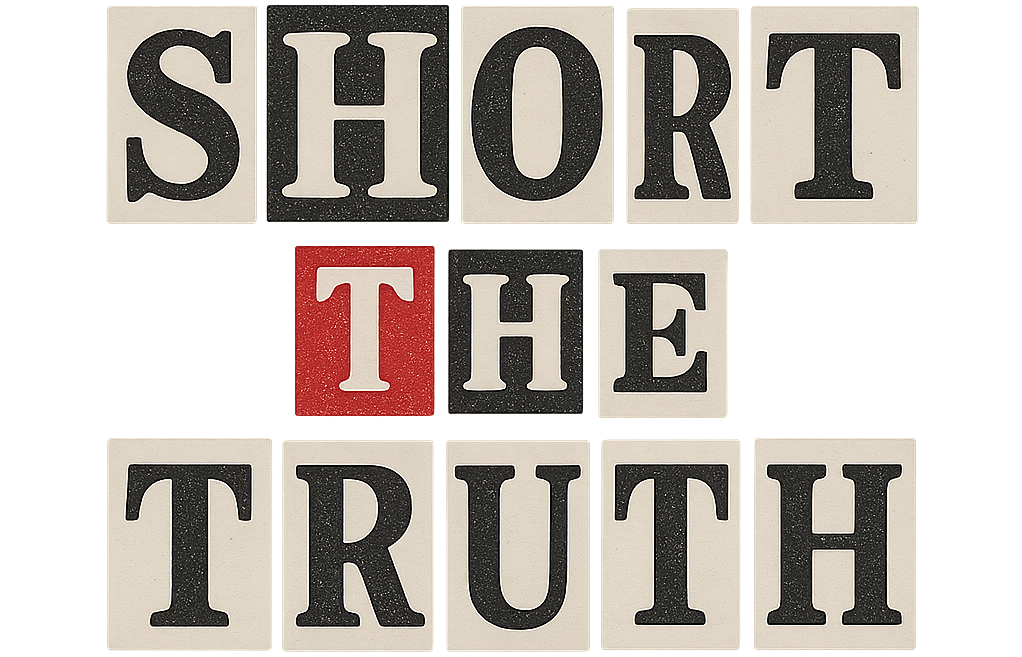Linda Yaccarino, who became Twitter’s CEO in June with the cautious optimism of someone who agrees to pilot a plane mid-flight during a thunderstorm, seems determined to actually do her job. This bold and novel approach has reportedly started to make waves, given that Twitter (now officially called X, although many still prefer the name that sounds less like a placeholder in a math problem) has experienced eighteen months of management that could charitably be described as experimental theater.
Yaccarino, who previously led advertising at NBCUniversal and once summoned advertisers with the quiet authority of a seasoned network executive, is attempting the equally magical feat of bringing advertisers back to Twitter. An admirable goal given that many brands darted for the exits when Elon Musk took over and began using the platform with all the restraint of a cat on a piano.
Elon Musk, who, to the dismay of HR professionals everywhere, still serves as CTO and owner, remains ever-present as a chaos-adjacent influence. Yaccarino’s role, therefore, has involved the delicate art of assuring nervous advertisers that Twitter is a safe and reliable place to sell soda and sneakers, while Musk occasionally tweets memes that make investors reach for antacids.
Under Yaccarino’s watch, Twitter has revamped its approach to court advertisers, including offering new tools for brand safety, rehiring salespeople with actual Rolodexes, and desperately trying not to ignite fires large enough for Musk to tweet about. This strategy has been met with measured optimism, a reaction that in the world of modern media qualifies as a thunderous standing ovation.
Although Yaccarino’s actual power inside the company remains something of a Schrödinger’s Box scenario depending on the hour and Elon’s mood, she has been making key hires and steering Twitter toward a future that looks slightly less like a Jackson Pollock painting and more like a quarterly roadmap with actual targets.
In short, Yaccarino is doing the radical: CEO-ing a company that desperately needs it. She now finds herself in charge of rebuilding an ad business, managing a high-maintenance founder, and trying to ensure X doesn’t become just a giant group chat with in-app meltdowns.
It’s early days, but for the first time in a while, Twitter seems to be managing itself like a company rather than an improv troupe.

